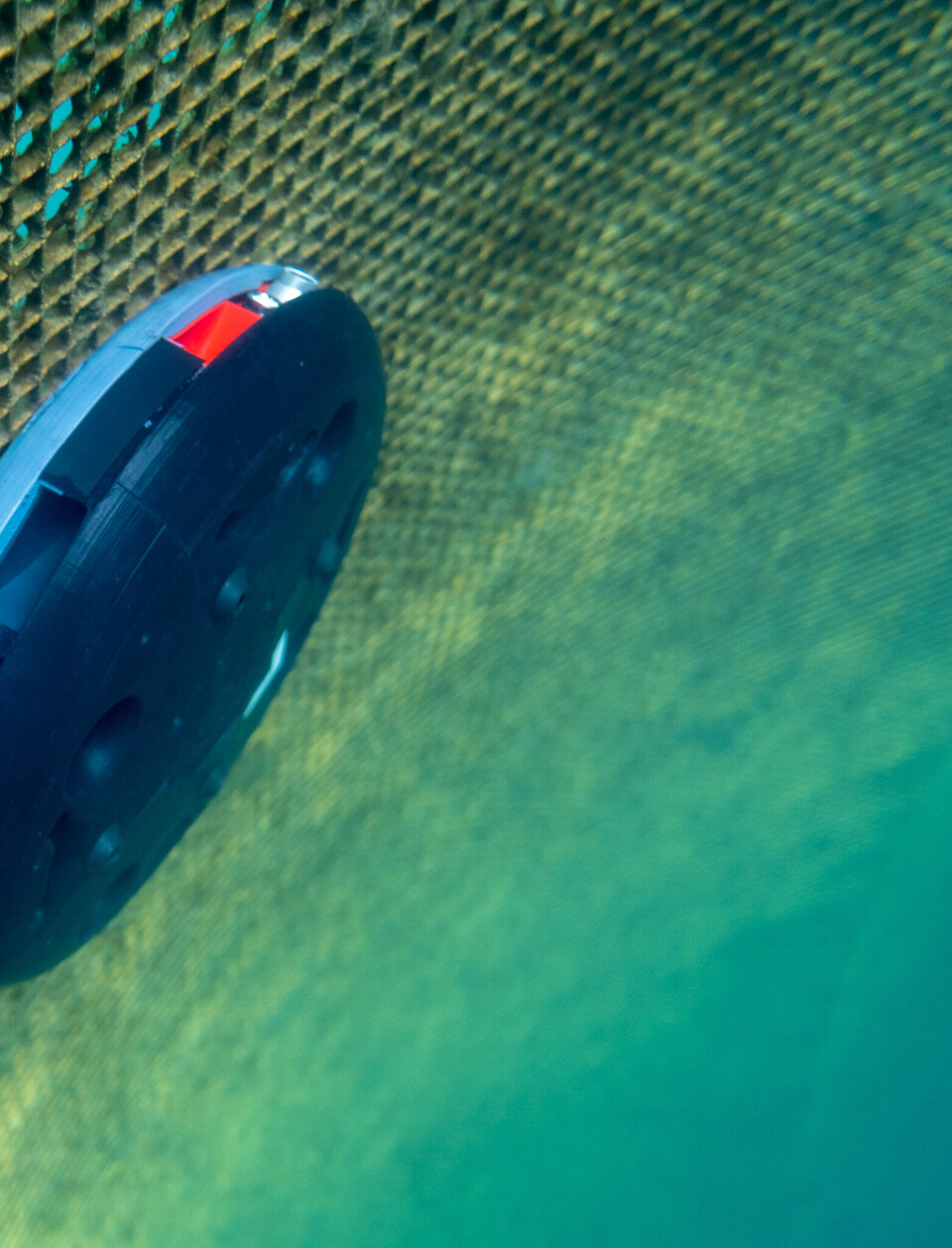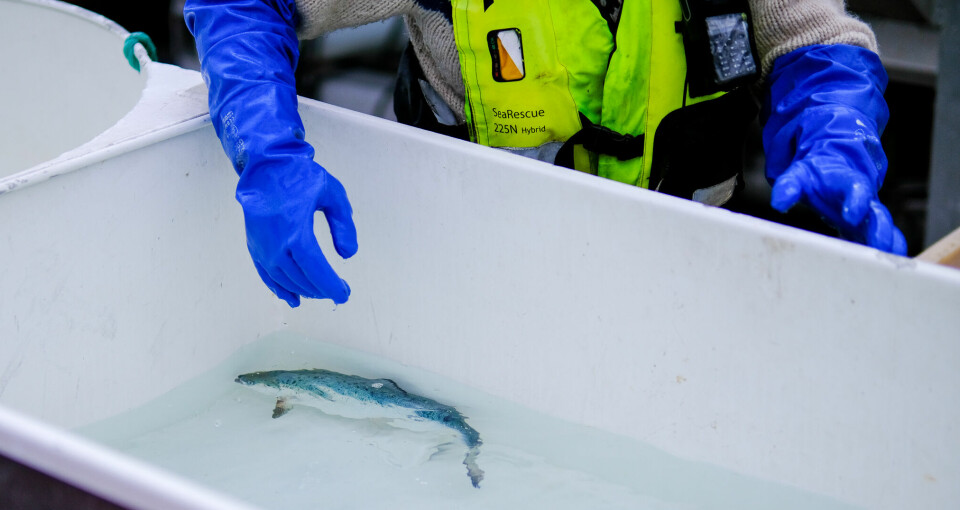
Robot net washer shown to be safe for fish in early trial
An initial study into the biological impact of salmon farm net cleaning in Norway has indicated that neither using high-pressure water jets, nor a new method involving an autonomous robot made by Probotic, had negative consequences for fish.
“In this trial, the study’s results indicate that the traditional method of net cleaning with high-pressure cleaning had no observable adverse effects on the fish,” said Probotic in a press release.
“The use of Probotic’s robot during production did not negatively affect the fish’s mortality or appetite compared to pens without the robot at the same facility and with the same fish group.”
Gill health
The study partners included Probotic, Akvaplan Niva, Ballangen Sjøfarm and Cermaq, and project was funded by Mabit, an industrial R&D programme for marine biotechnology in northern Norway.

Researchers analysed fish behaviour, gill health, and fouling communities during net cleaning.
Probotic said the study highlights the need for larger-scale projects to obtain more reliable data.
“We are thrilled with the results of the study, which demonstrate the safety and that our technology does not harm the salmon,” said Probotic chief executive Mikkel Pedersen. “The project was a valuable opportunity to further our understanding of the impact of net cleaning on fish health and the environment. We are proud to be a part of it.
“Moving forward, we will continue to test our robot and work towards furthering our understanding of the impact of net cleaning on fish health and the environment.”
Cautious conclusion
In its conclusion at the end of a two-part report, Akvaplan Niva said that overall, the pilot test showed no evidence of a negative effect on mortality or appetite of the presence of the drone (net washing robot) compared to cages without the drone at the same facility and group of fish.
“However, it must be emphasised that this was only a pilot test and the results must be treated with caution,” stated the report’s authors.
“In order to assess the influence of the drone on fish welfare and behaviour in cages, it is recommended to set up a scientific experimental setup with 2-3 replicate cages with and without a drone. The drone must actively clean cages throughout the trial period and be compared with reference cages that are subjected to traditional net washing.
“Furthermore, it is also recommended that welfare parameters, turbidity, gill health and behaviour are analysed in addition to the parameters mortality and appetite which were analysed in the pilot test.”
Both parts of the report, which is in Norwegian, can be downloaded here.
Also read: Autonomous net cleaner wins patent























































